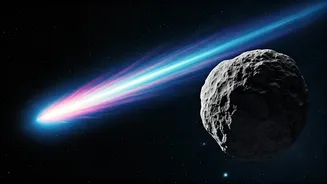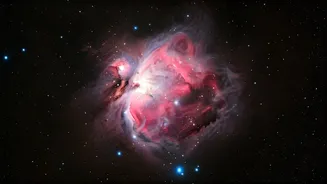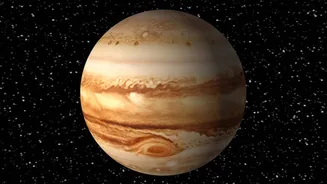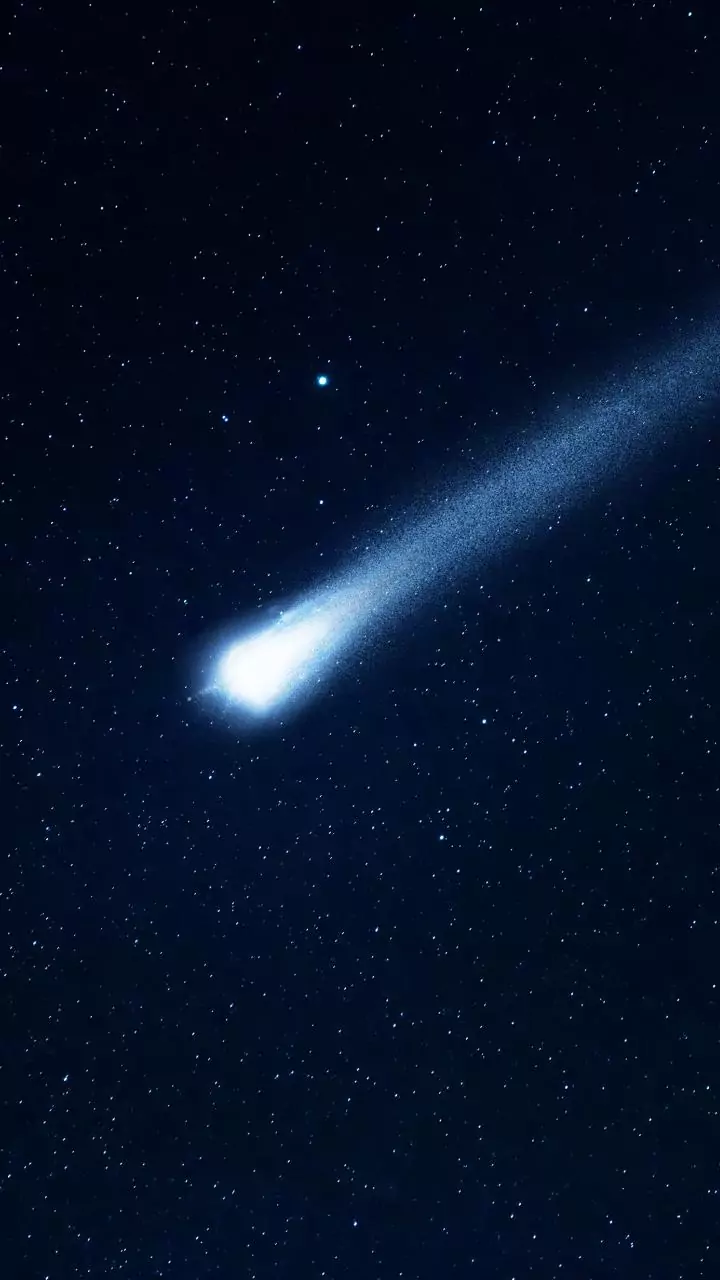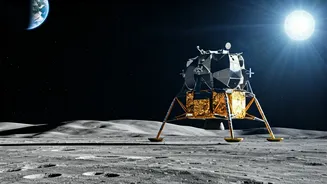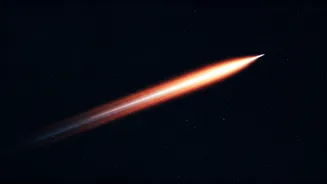Asteroids: Rocky Remnants
Asteroids are essentially rocky remnants, leftover pieces from the early solar system's formation. These space rocks are primarily found in the asteroid
belt, a region situated between the orbits of Mars and Jupiter. They vary significantly in size, ranging from just a few feet across to hundreds of miles in diameter. Unlike comets, asteroids are mainly composed of rock, minerals, and metals. The main asteroid belt is the home of millions of asteroids, each a silent witness to the solar system's evolution. Scientists continuously study asteroids to understand more about the solar system's past and to assess potential threats to Earth.
Comets: Icy Wanderers
Comets, in contrast to asteroids, are icy bodies that originate from the outer reaches of the solar system, such as the Oort cloud or the Kuiper belt. They are often described as 'dirty snowballs' because they're composed of ice, dust, and frozen gases. When a comet's orbit brings it close to the sun, the ice begins to vaporize, creating a glowing coma (atmosphere) and a tail. This tail always points away from the sun due to solar wind. Comets are known for their spectacular appearances in the night sky and are valuable for scientists studying the composition of the early solar system.
Asteroids Near Earth
Near-Earth asteroids (NEAs) are asteroids whose orbits bring them close to Earth. These asteroids are of particular interest to scientists because they pose a potential impact hazard to our planet. Monitoring and tracking NEAs is a crucial part of planetary defense efforts. The potential for an asteroid impact has driven research into methods for deflection, which includes techniques to either nudge the asteroid off course or, in the case of a very big asteroid, to break it apart. Any asteroid that is found to have a high probability of impacting Earth is evaluated on the Torino Scale.
Asteroids and Dinosaurs
The impact of a large asteroid is believed to have played a significant role in the extinction of the dinosaurs. This event occurred approximately 66 million years ago when an asteroid, estimated to be around 6 miles wide, collided with Earth. The impact caused massive tsunamis, widespread wildfires, and a global dust cloud that blocked sunlight. This led to a drastic climate change that wiped out many species, including the non-avian dinosaurs. The evidence for this event includes a layer of iridium-rich clay found worldwide, which is linked to the asteroid impact site near the Yucatan Peninsula.
The Torino Scale
The Torino Scale is a system used to assess the potential threat of near-Earth objects, particularly asteroids. It assigns a numerical value from 0 to 10 based on the probability of a future impact and the potential damage it could cause. A value of 0 indicates no hazard, while a value of 10 represents a certain impact that could have global consequences. The scale helps scientists and the public understand the level of risk associated with a particular object and facilitates effective communication about potential threats. It's a key tool in planetary defense.
Trojan Asteroids Explained
Trojan asteroids are a unique group of asteroids that share an orbit with a planet, staying near the Lagrange points—specific gravitational balance points. These asteroids are most notably found sharing Jupiter's orbit, leading or following the planet in its path around the sun. These Trojan asteroids are of intense scientific interest because they may provide insights into the early solar system's formation and the composition of the planets. They offer clues about the kinds of materials and conditions that existed during the solar system's formative stages. Other planets, like Mars, also have Trojan asteroids, although in smaller numbers.
Meteors and Meteors
When an asteroid or a comet fragment enters Earth's atmosphere, it becomes a meteor, often appearing as a streak of light in the sky. Most meteors burn up entirely during their passage through the atmosphere due to friction. However, if a meteoroid survives its fiery descent and reaches the Earth's surface, it is then known as a meteorite. Meteorites are invaluable sources of information about space rocks. They can offer insights into the composition of asteroids and comets, allowing scientists to study the building blocks of the solar system in detail.
